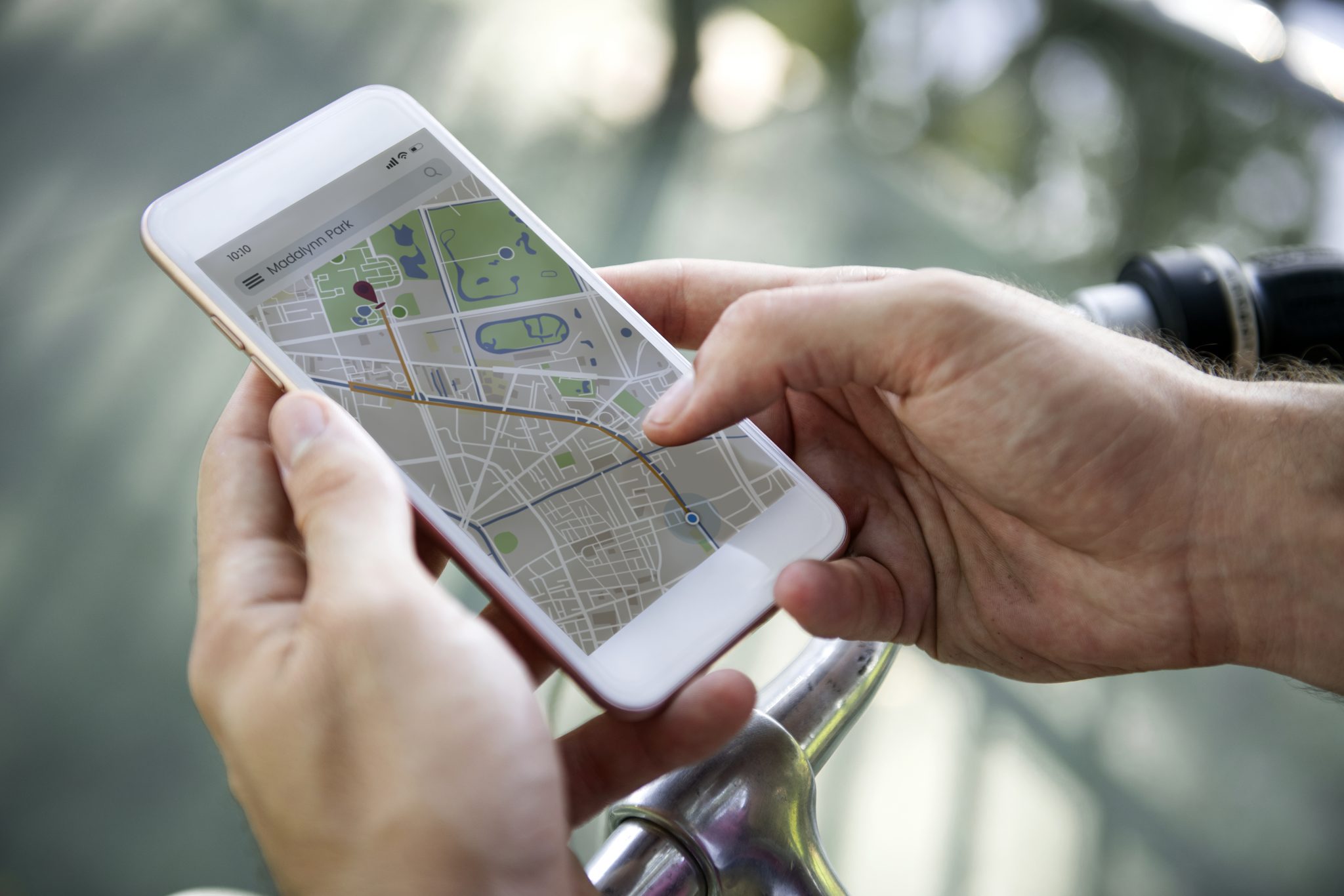How do we Find My Device Google?
Before this time, Apple unveiled the AirTag tracker. The device helps users find missing objects, including an iPhone, iPad, Mac, Apple Watch, or a brace of AirPods. AirTags influence Apple’s massive Find My Device Google ecosystem, counting on anonymous, crowdsourced position data to track objects. A clunk to a nearby iPhone could let an AirTag on a stolen scooter shoot the proprietor to its last given position. In fact, that actually happened, helping someone recover their stolen things. Apple has further than a billion biases that can help users find lost bias, which is why AirTags are so useful. But Google has far more Android bias in use than Apple does iPhones. It’s a wonder Google has n’t formerly copied Apple’s Find My tracing technology, but that’s exactly what the company is now doing. Google might not launch an AirTag tracker of its own any time soon, but reports said many months ago that Google might copy Apple’s Find My technology. Google was apparently developing a Find My Device app, analogous to Apple’s Find My app that can detect people and devices. Law in Google Play Services indicated at the time that Find My Device would let phones help to find missing widgets.
How Google Find My Device works
In August, 9to5Google planned further substantiation suggesting Google would soon unveil the Find My Device app. Google is formally testing the app internally before making it available to the general public. It’s a process called “ dogfooding” that allows Googlers to test unreleased apps. The website plants Google’s Find My Device Google app interpretation2.4.043_df in the wild. Text from the app shows that users can mark a device as lost, like a phone or tablet. Any other Android device that comes in contact with the missing contrivance will admit tangs from it via Bluetooth. Once that happens, the passing Android device will report the “ sighting” to the network. Users will also be suitable to make their bias ring, which can be helpful if you ’re within range of the lost item. The Find My Device Google in Canada app will also allow users to keep track of participation bias. Whether they ’re widgets you use at home or business bias, the app will let users partake in power. In such a case, all the parties with access to a device position will be suitable to find it once it’s lost.
Guarding vehicle data
The Find My Device Google in USA app will also help users secure their data on lost or stolen bias, similar to an auto that’s handling Android Bus. Users will be suitable to produce biographies for their buses and lock their information down if someone steals their auto. That way, steelers wo n’t have access to any particular information they might else catch from the Android Auto UI. Find My Device will also allow users to cancel their profile even from the stolen vehicle. There’s no guarantee, still, that all of these features will be available in the Find My Device app at launch. What’s clear is that there’s no Google tracker in the workshop yet. As most Android users know, Google’s mobile operating system formerly includes a Find My Device Google in India point that allows your phone to use a WiFi or cellular connection to help you detect it if you lost it. Apple’s Find My Network ups the stakes by adding Bluetooth and ultra-wideband to the blend. Lost Apple and third- party devices can broadcast a short- range signal which hard iOS devices also give to Apple’s servers to help you find your lost item.


we can find through track imei website